San Domenico is an old school. 1850 was a long long time ago. You can see the age when you walk around the lobby of the Hall of the Arts and take in the black and white images of former campuses. But what about this campus? What was here before the Dominican sisters bought the property?
“I haven’t really thought twice about that,” Natalie Schaffer said, a sophomore at San Domenico.
And for many of us, this is probably true. It turns out that the enchanting property at the end of the valley in the neighborhood of Sleepy Hollow has just as rich of a history. So, let’s start at the top, all the way back before European discovery, and look at the rich history of the plot of the land we now know as San Domenico.
Not quite on the campus but very close by was an Indigenous village called Awaniwi, inhabited by the Coastal Miwoks where they lived by hunting and gathering. They had and still do have incomparable knowledge of the resources of the area. They have rich cultural traditions, including ceremonies, dances, and storytelling. These practices have been passed down through generations, as have their history and beliefs. Coastal Miwok society has a structure of family units with leaders and elders playing the most important roles. They engaged in trades and cultural exchanges with neighboring tribes, creating a network of relationships that influenced their way of life.
European discovery of Marin was a gradual one, spanning centuries before they settled. In 1542, explorer Juan Cabrillo first made sightings of the Marin coastline. Building on these discoveries in 1579, Sir Francis Drake of England explored around the area now known as Drake’s Bay. More explorers came through, Sebastian Cermeo (1595), Sebastian Vizcaino (1602), Gaspar de Portola in (1769), but nobody settled until 1817 when Mission San Rafael Arcangel was founded by Franscian missionaries.
Mexico became independent of Spain in 1822, but for twelve years, the missions were still operating and undisturbed. The castle of Spanish colonization might have burned down, but the foundation remained. It wasn’t until 1834 that the Mexican Government began the secularization of the missions, where the property owned by the mission was sold or given away. According to San Domenico’s School Ties 2014 winter edition, the land that is now San Anselmo and Fairfax was granted to Domingo Sais in 1840 in return for his service in the military. The 6,659 acres was a lively canvas for Domingo Sais. He did not only raise cattle, horses, and sheeps, but also farmed 5 acres of crops. Taking full advantage of the property, Sais partook in both the thrill of fishing and the art of hunting. With All kinds of prey at his disposal, he hunted ducks and deer, both still found today, as well as the black bears and grizzly bears that used to roam the valley.
But like life, the winds changed. This time, they blew California away from the hands of Mexico and to the hands of the ever growing United States of America. Domingo Sais had to reestablish his claim on the land. He was successful in 1852 just two weeks before he died from a horse riding accident. The Estate was split between his six children and his wife. The 1900 acres of modern day sleepy hollow was inherited by his eldest son Pedro Sais who leased it off to dairy farmer Harvey Hale Butterfield. (Yes, as in Butterfield road). Butterfield had great success helping make the county number one in the state in dairy production. Despite the great success, Butterfield wouldn’t buy the property, so Pedro Sais sold the property in 1876 to more partners.
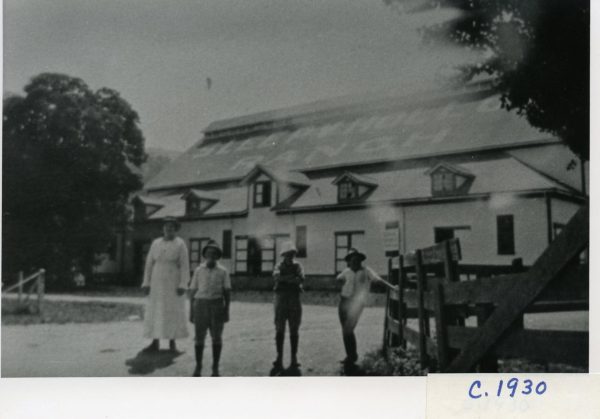
In 1878, the land was bought by Anson P. Hotaling, a wealthy San Fransiscan. Obsessed with the books of Washington Irving, Anson Hotaling named the property Sleepy Hollow Ranch. The town depicted in Irving’s book, “The Legend of Sleepy Hollow” is not unlike the valley we know it to be today. “Not far from the village, perhaps about two miles there is a little valley, or rather a lap of land, among high hills which is one of the quietest places in the world,” Irving writes in “The Legend of Sleepy Hollow.” Although the actual town that inspired the book is in New York about 3,000 miles away, it is stunningly similar. The enchanted town in the book and the beguiling neighborhood we all know are so beautifully connected through a thing called a name.
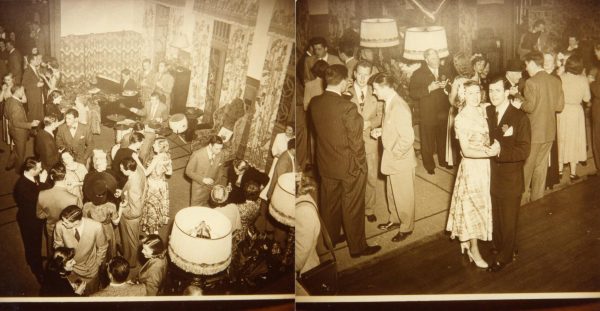
In 1900, Anson P. Hotaling passed away, and his son Richard envisioned something greater for the property. He built an elegant home, or should I say an 18 room mansion, at the end of Butterfield Road, which according to historic images, had marble mantle pieces, dramatic columns, grand staircases, and a private theater; Richard Hotaling’s house was perfect for parties. With members of the exclusive Bohemian club and wealthy neighbors in attendance, the most glamorous of gatherings took place.
In 1910, Hotaling leased his 1600 acres to Sigmund K. Herzog, another dairy farmer. As dull as that sounds, Herzog wasn’t any old dairy farmer. He was first in the nation to be certified for utilizing the best practices for sanitation and quality. An active community member, Herzog educated the town’s citizens on the dairy business. He operated the business until the Hotaling heirs sold the property.
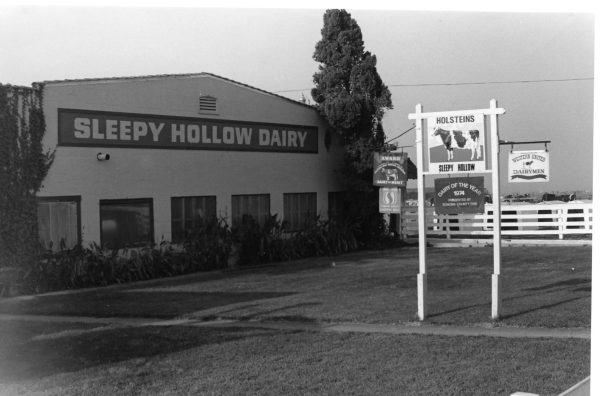
In the 1930s, it became an 8,000 yard golf course. The Hotaling mansion became the Sleepy Hollow Golf Club and Restaurant. The business was forced to pause during World War II, as the US army stored ammunition and had barracks in the surrounding area.
After the war, A.G Raisch bought the mansion and the 500 acres at the end of the valley. He changed the look of the entire property, modernizing the house, adding an artificial lake, a pool, stables and a dam for irrigation. The place was transformed. Raisch hosted even bigger parties, one was so big that it had drinks mixed in a cement mixer. Like everyone else who had owned the property, the family got bored and moved to the city of San Francisco in 1955. Two years later, the house burned down under suspicious circumstances leaving only the cobblestone foundation we see today. In 1958, the property was sold to the Dominican sisters of San Rafeal. And the rest you probably know.
This world is ever changing and history is still being made. As you walk down the hallways of San Domenico School, I hope you feel the enchantment of Sleepy Hollow. As you drive down Butterfield Road, I hope you bask in the rich history of Marin, San Anselmo, our neighborhood, and our school. I hope you find power in the things that came before you, whether it may be a beautiful dairy farm or the suspected arson of a mansion.
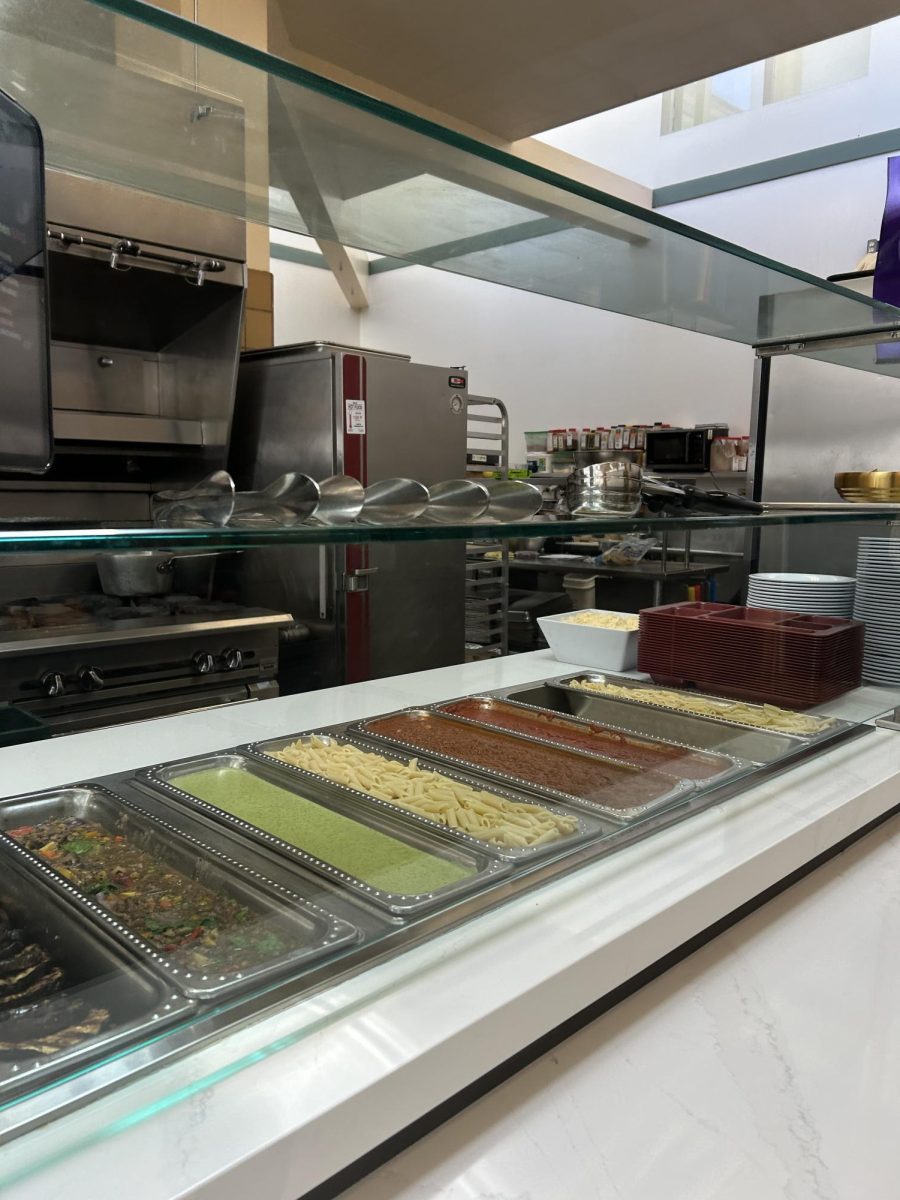
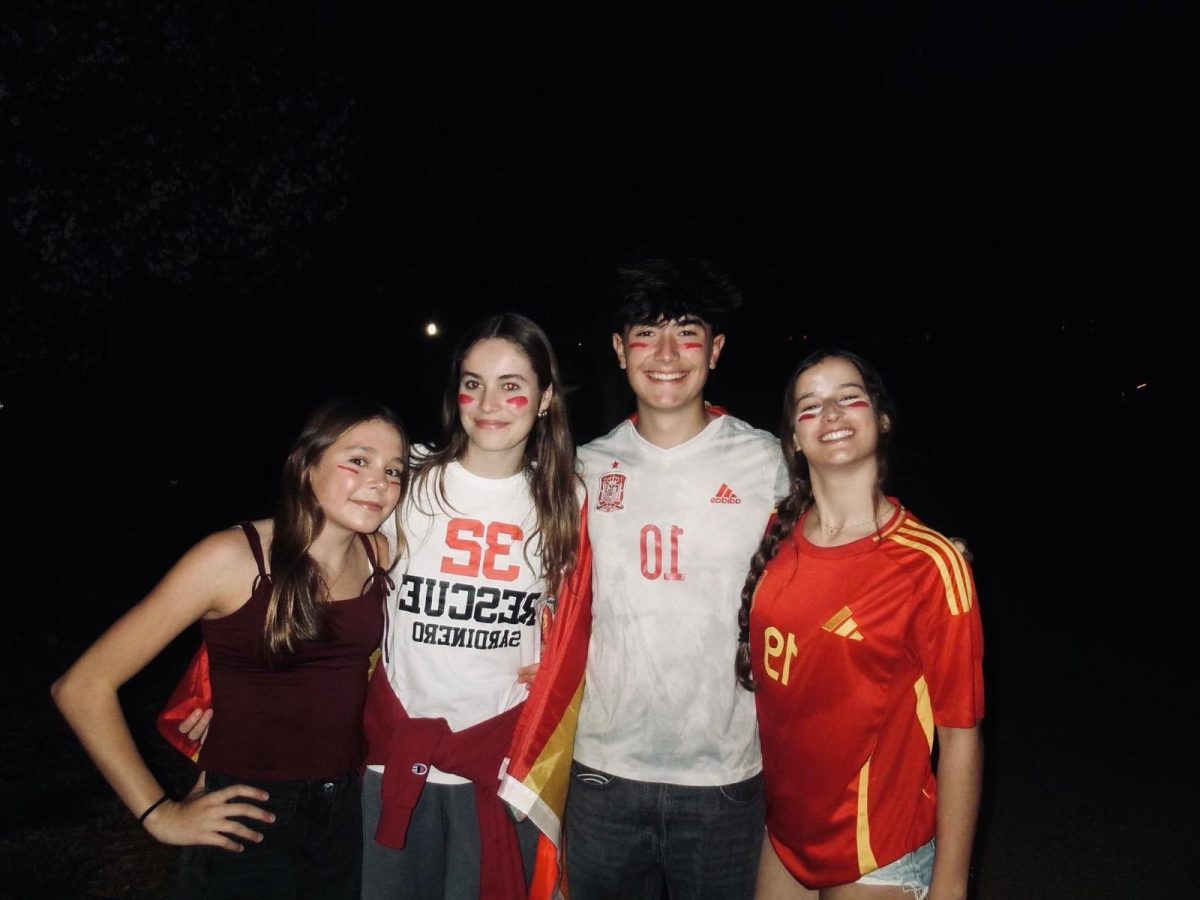

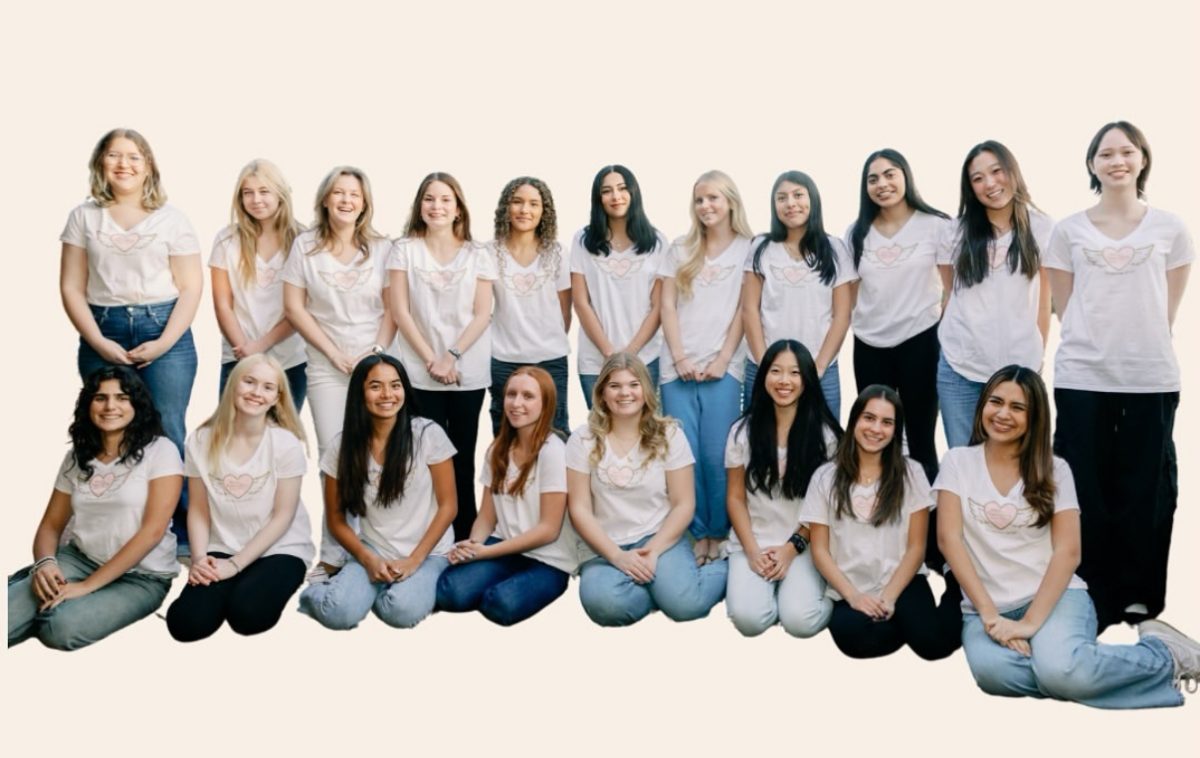

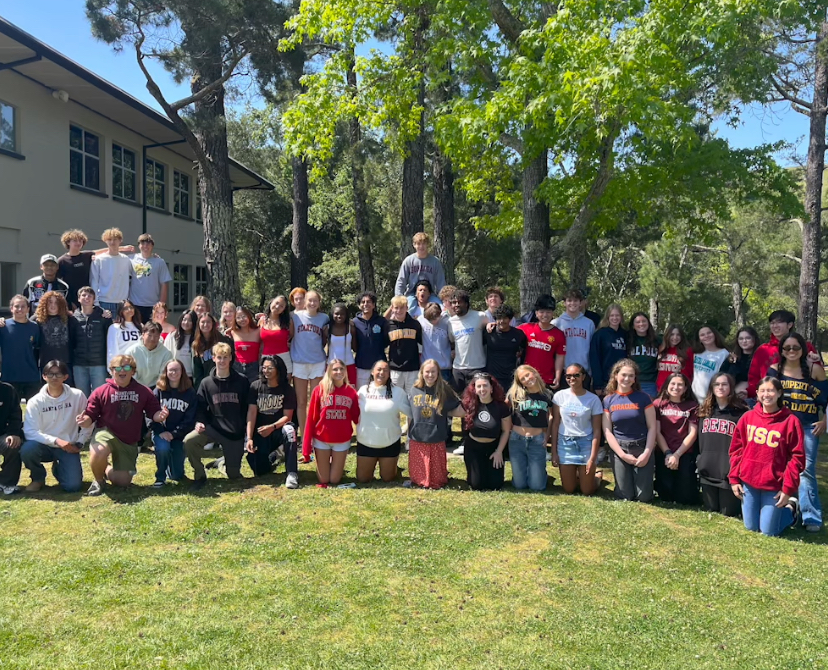


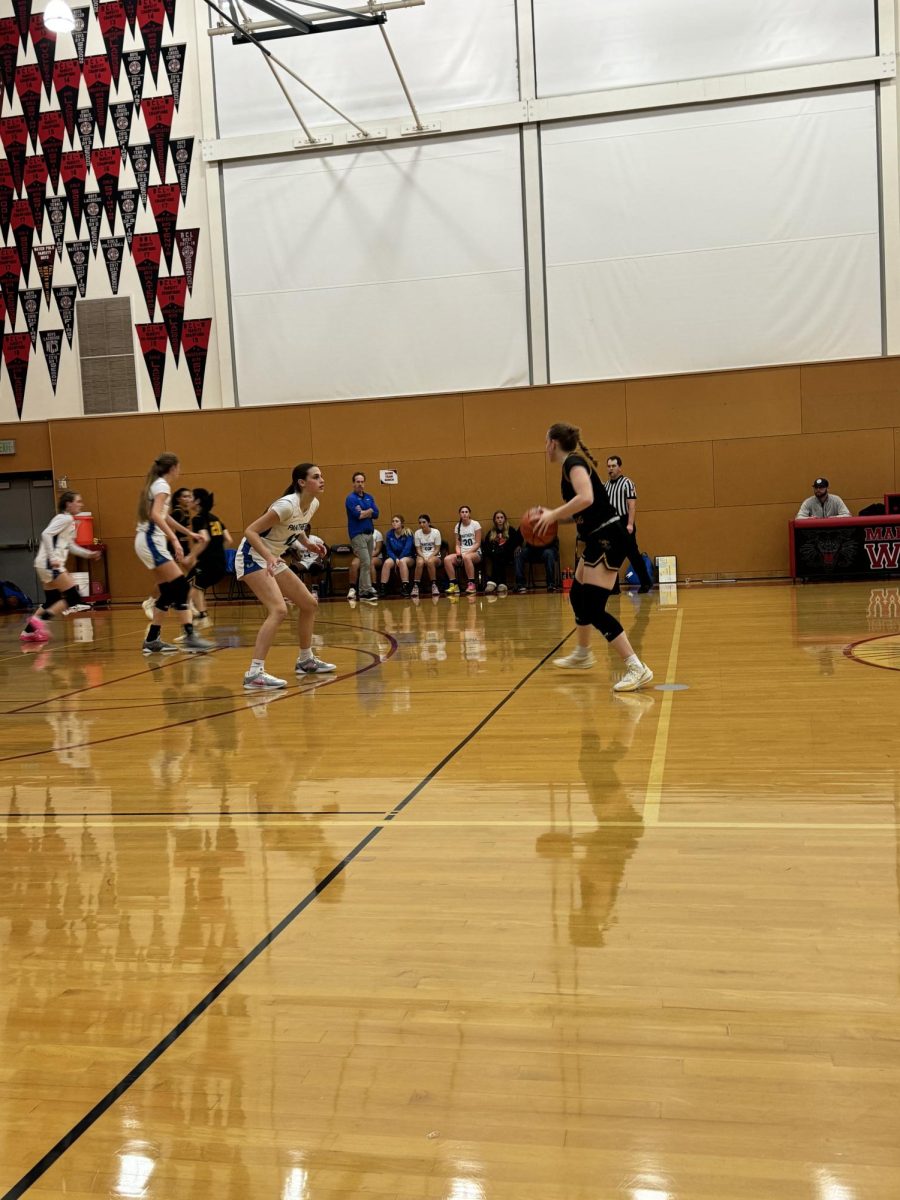
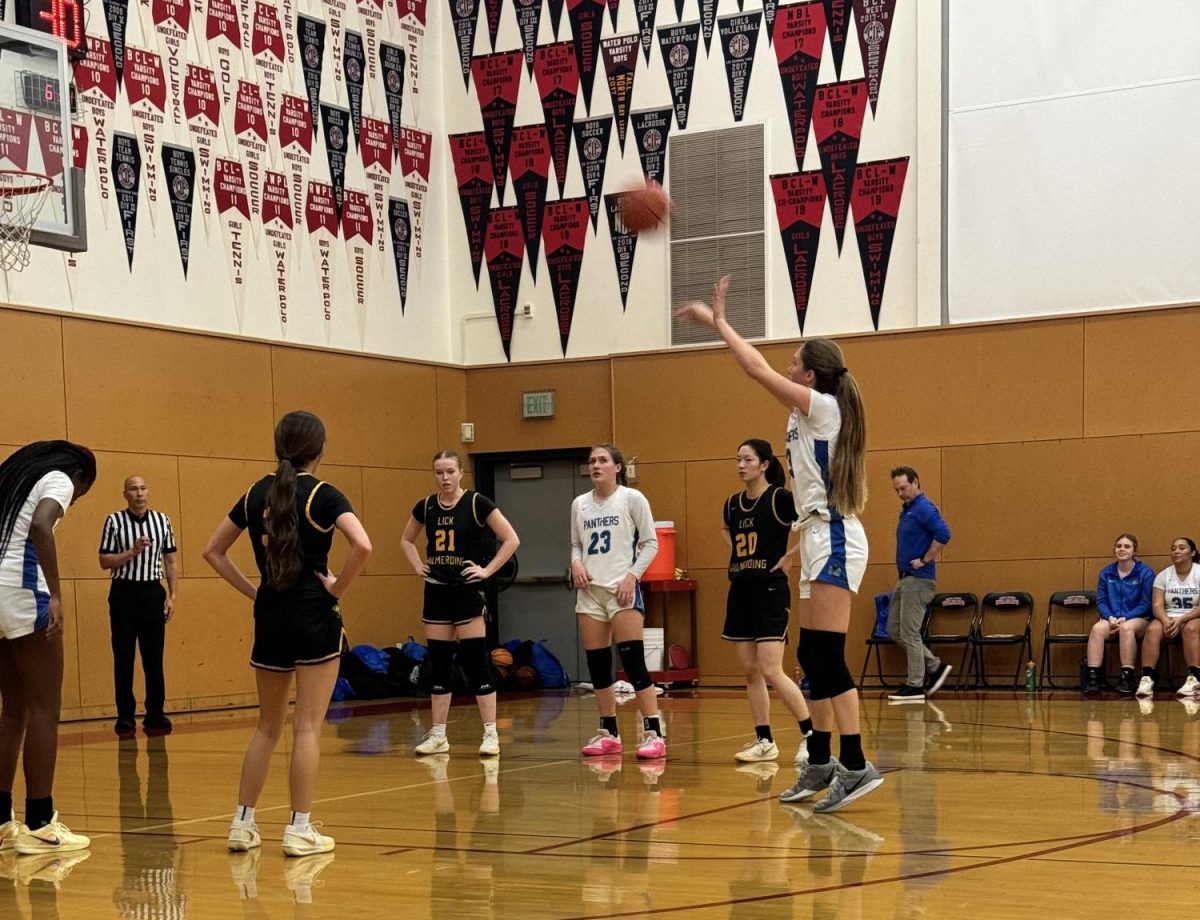
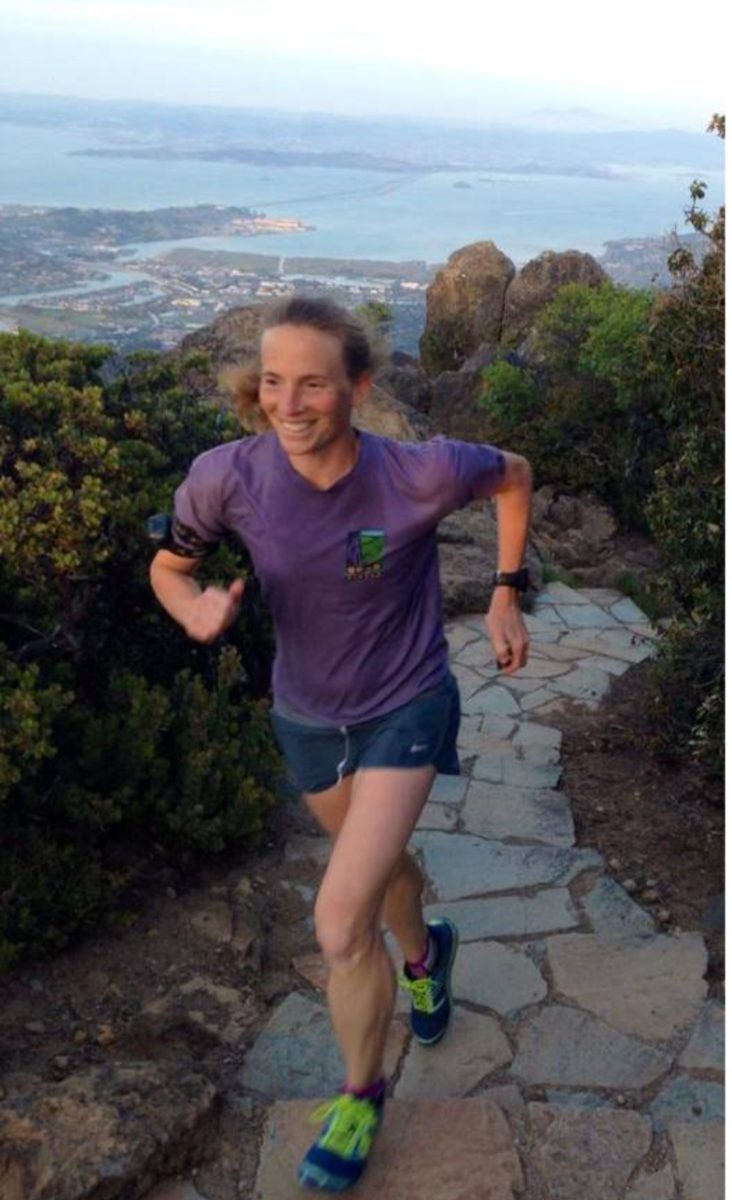


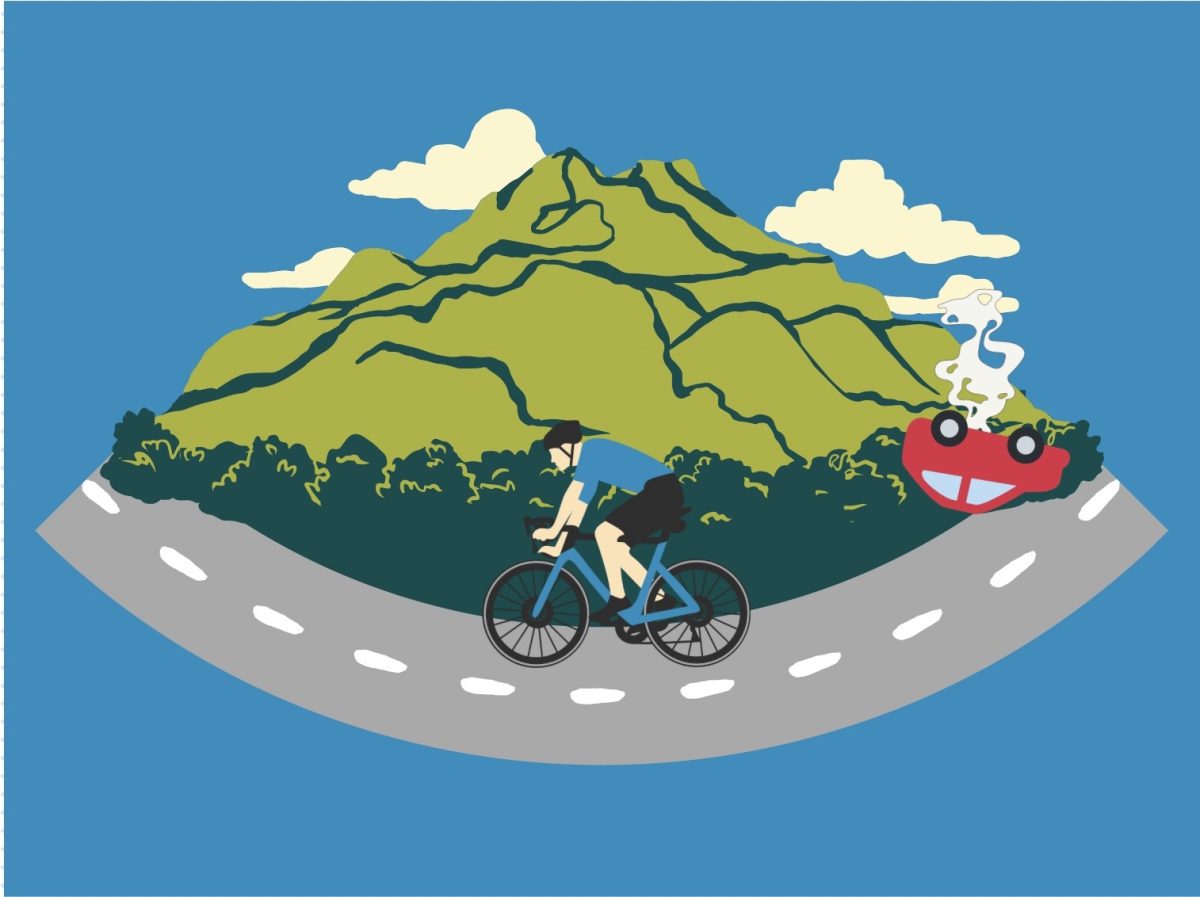



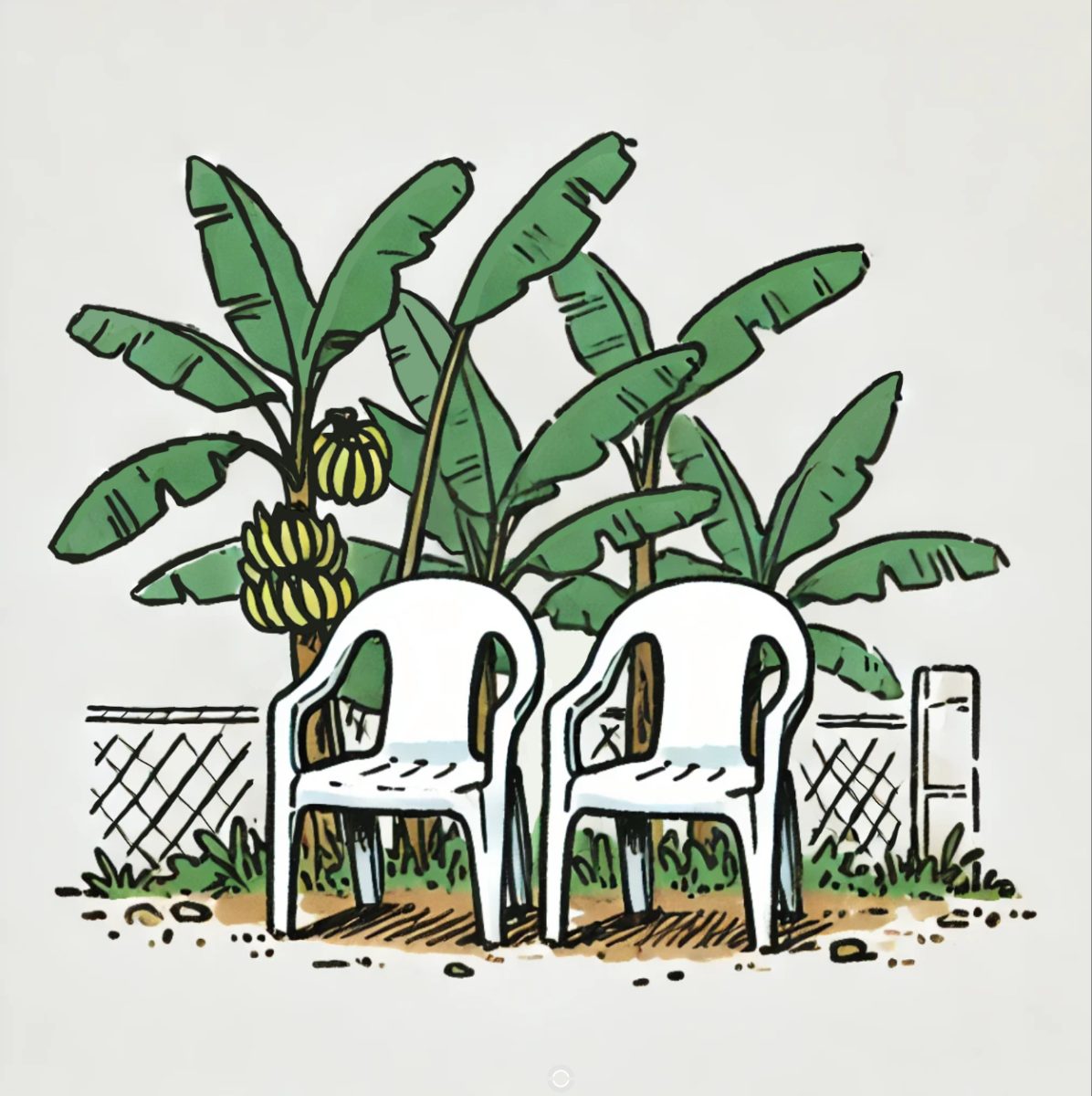
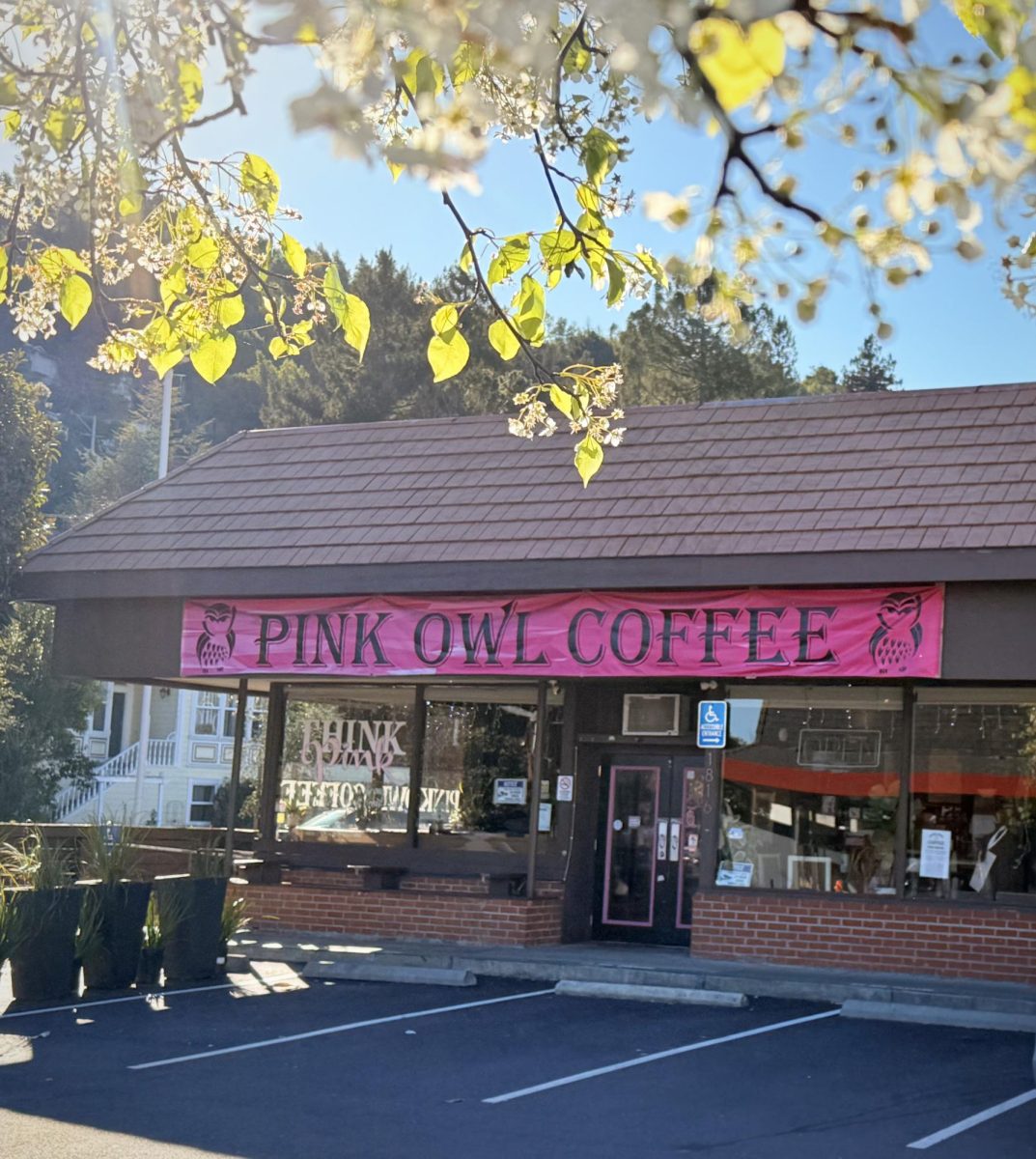



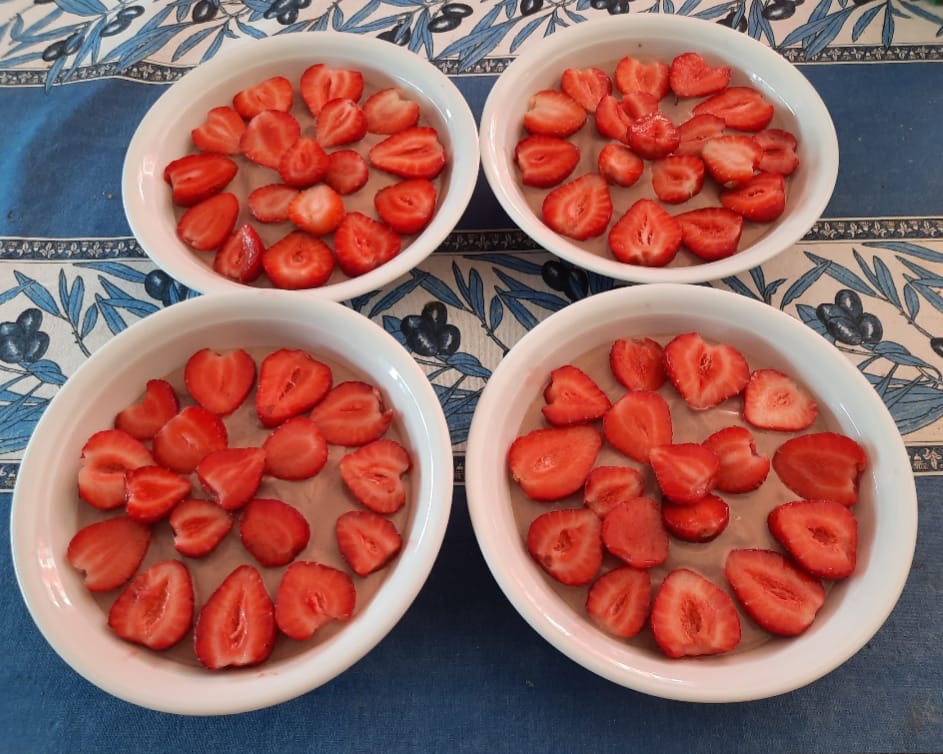
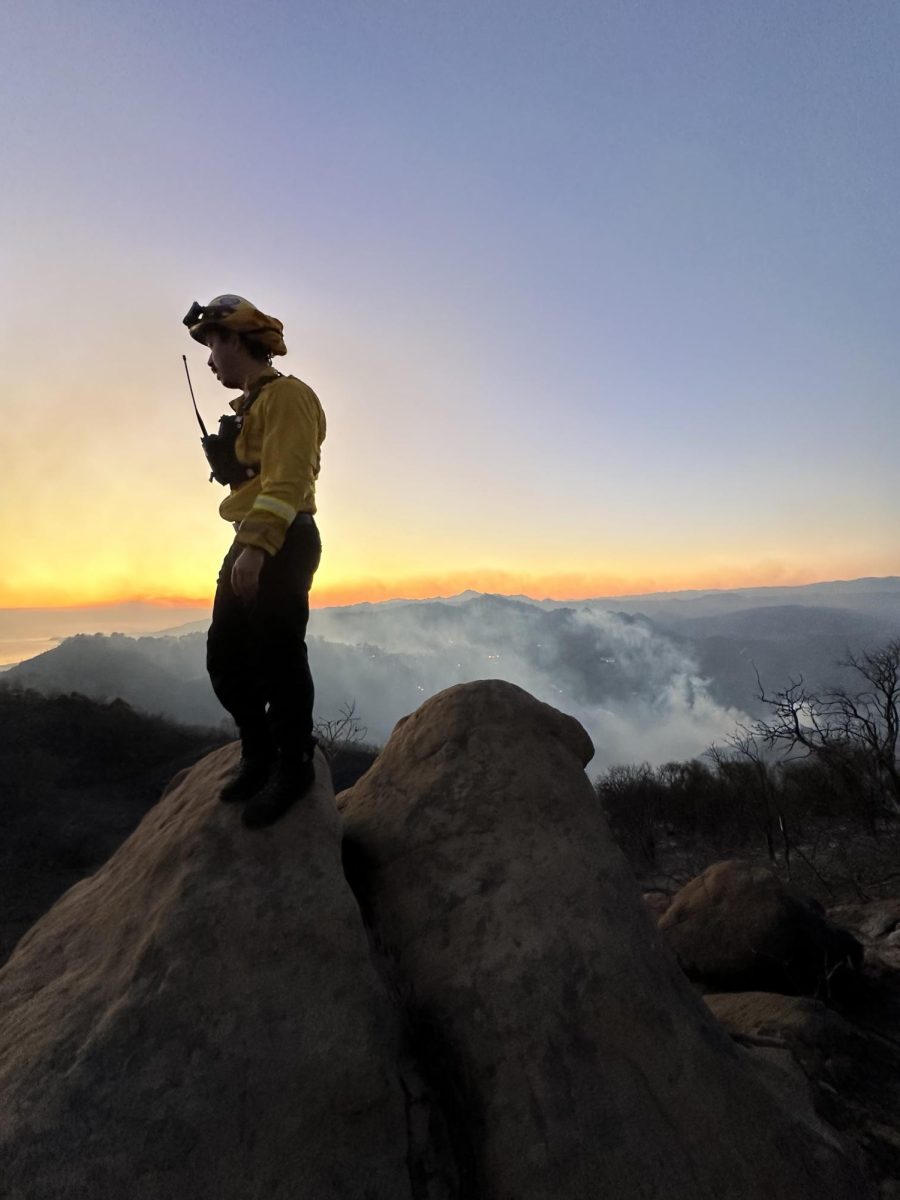
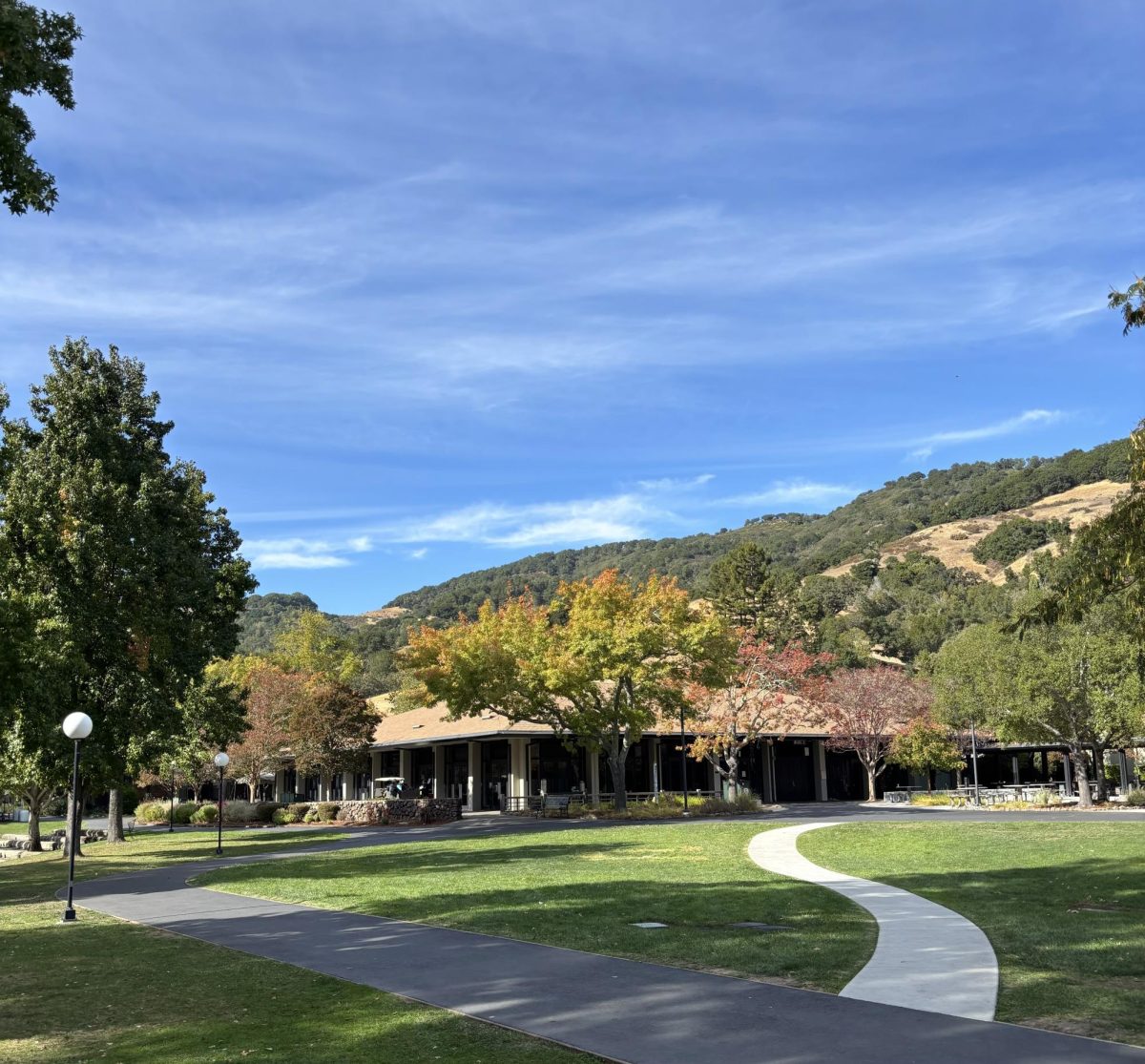
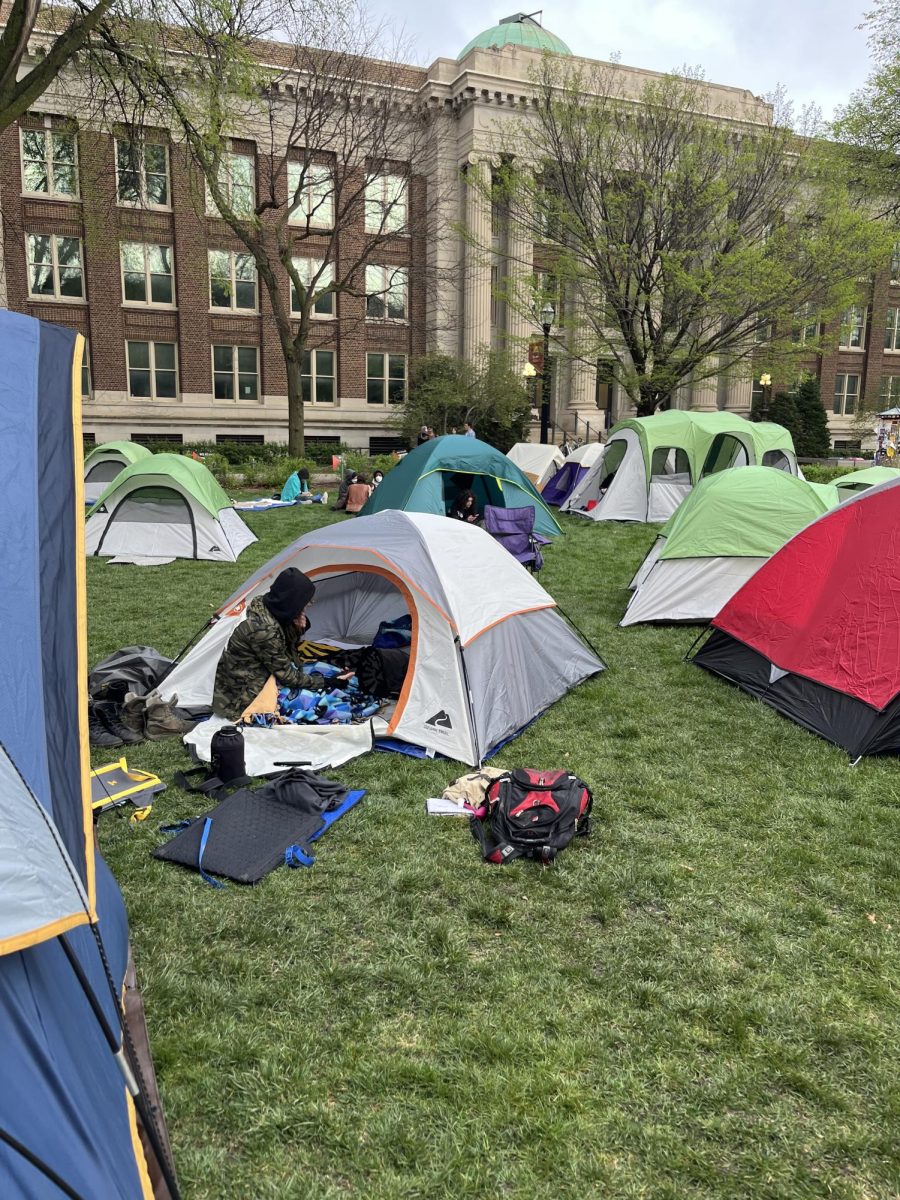

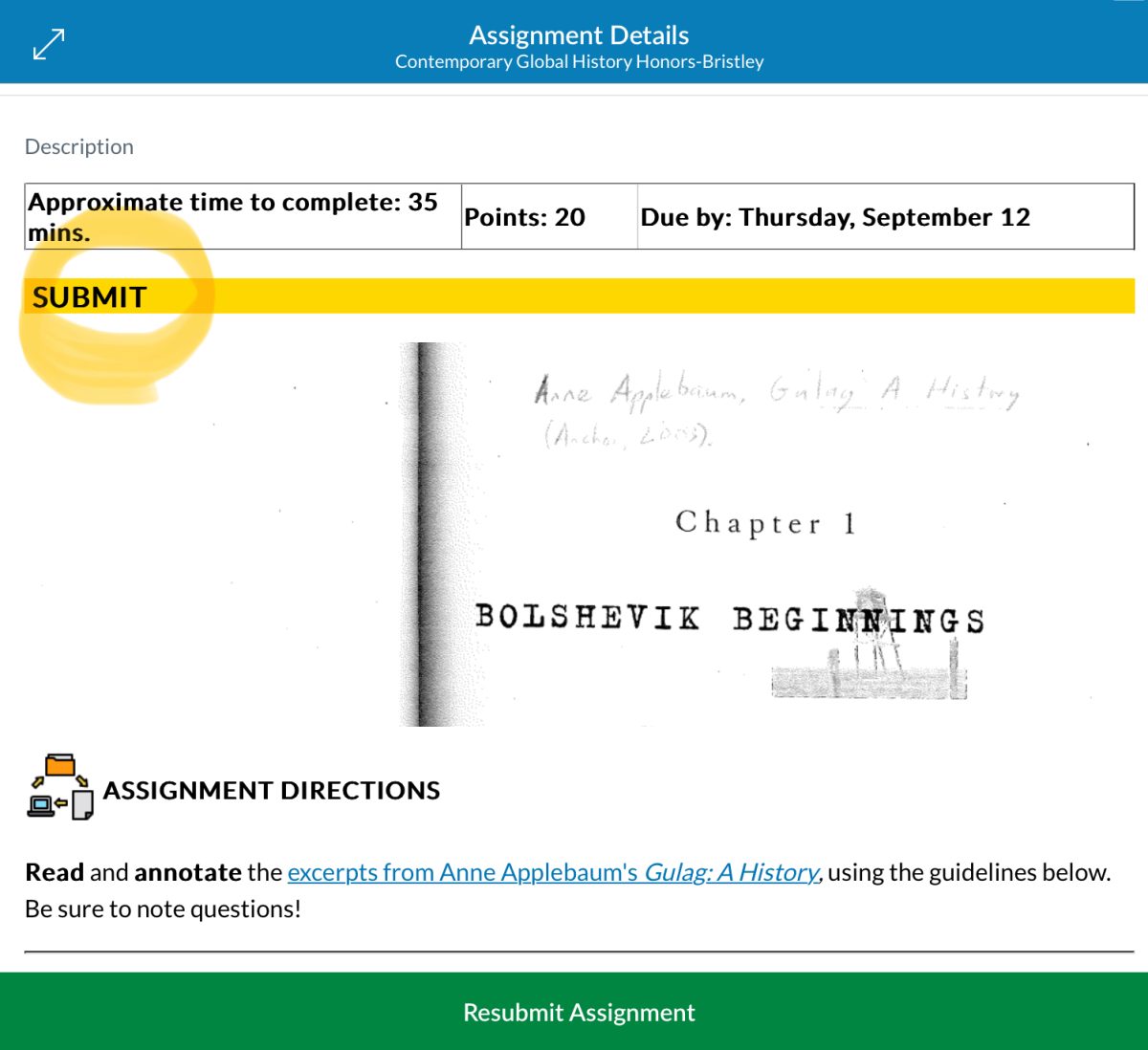
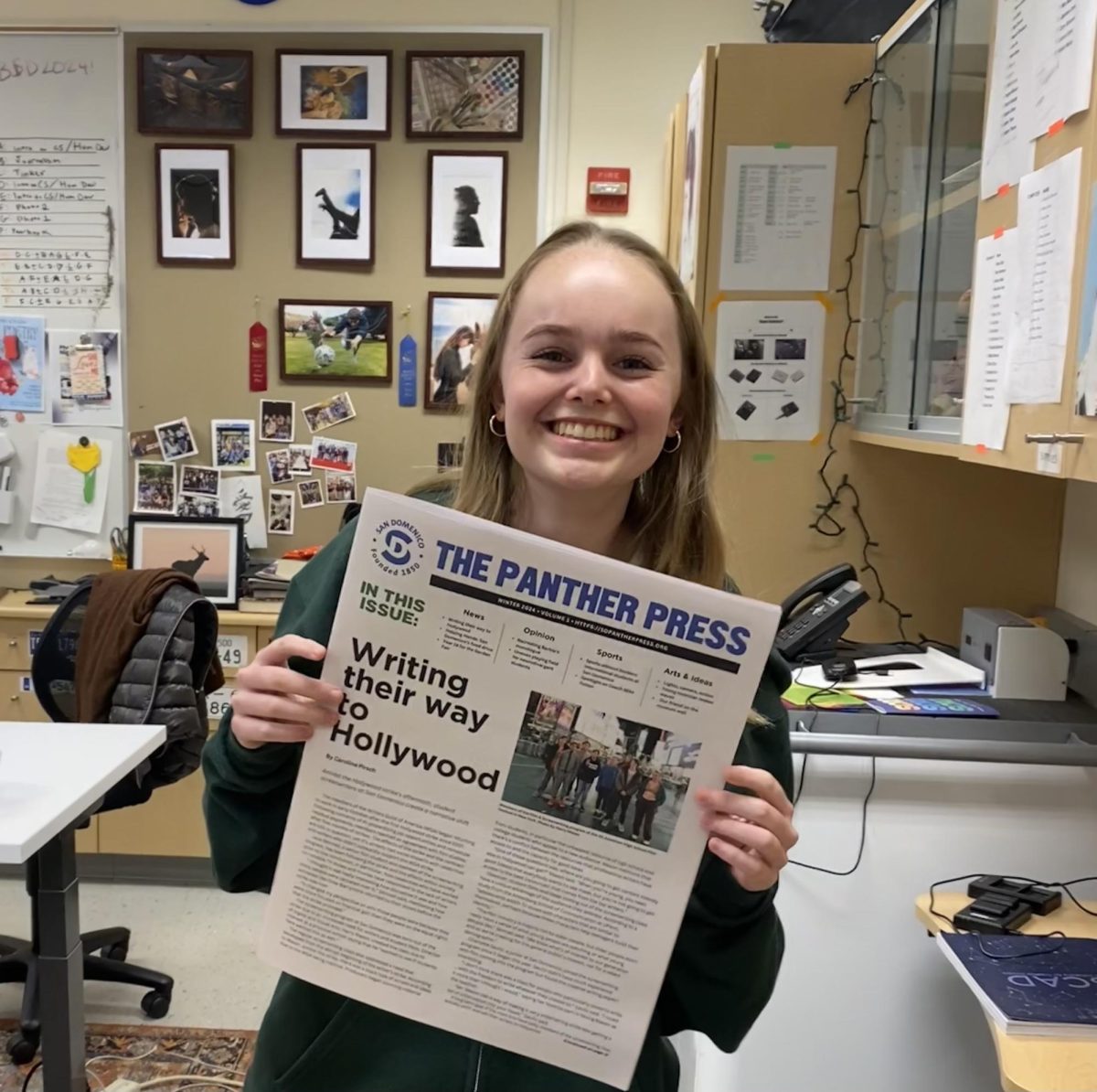
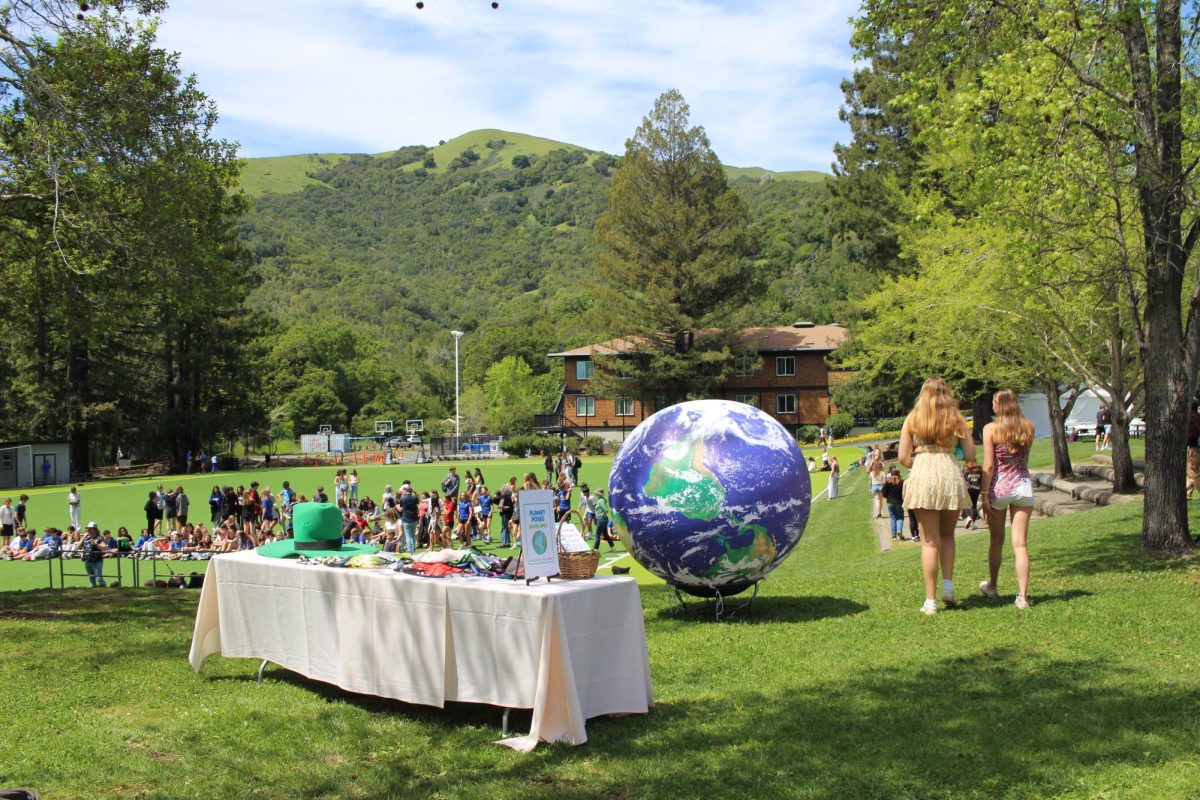
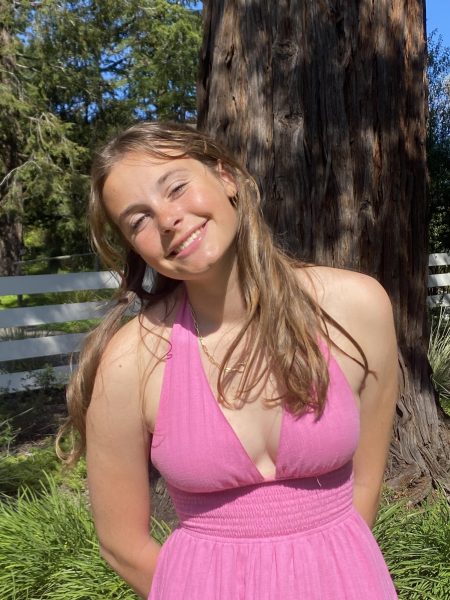
Monica Rosenberg • Mar 12, 2024 at 12:48 pm
Great work in reporting about the history of the school; I always wondered what kind of building used to be there. Thank you !
JHS • Mar 11, 2024 at 6:37 pm
This is very interesting! Great to learn about SD’s history!